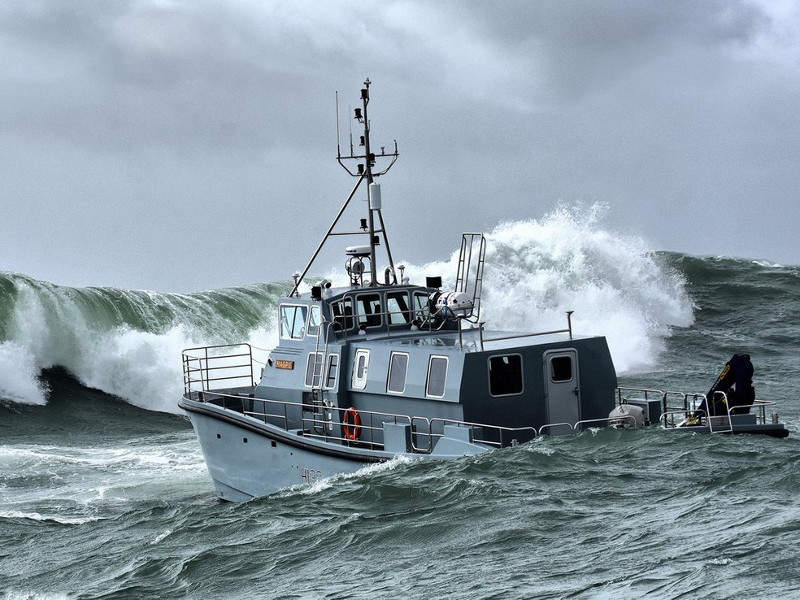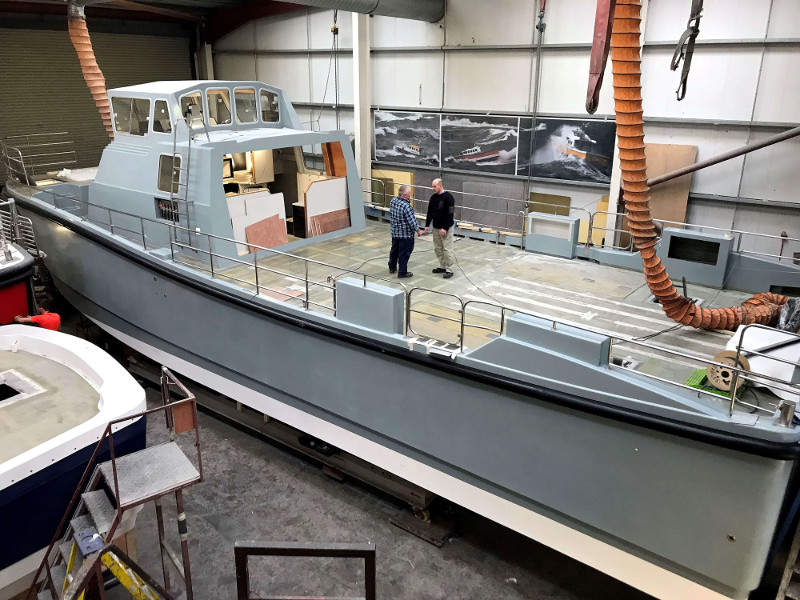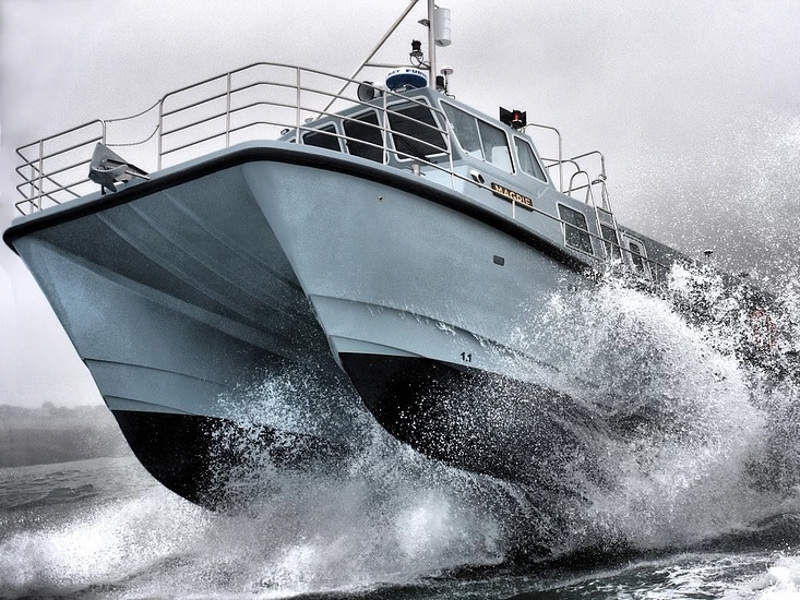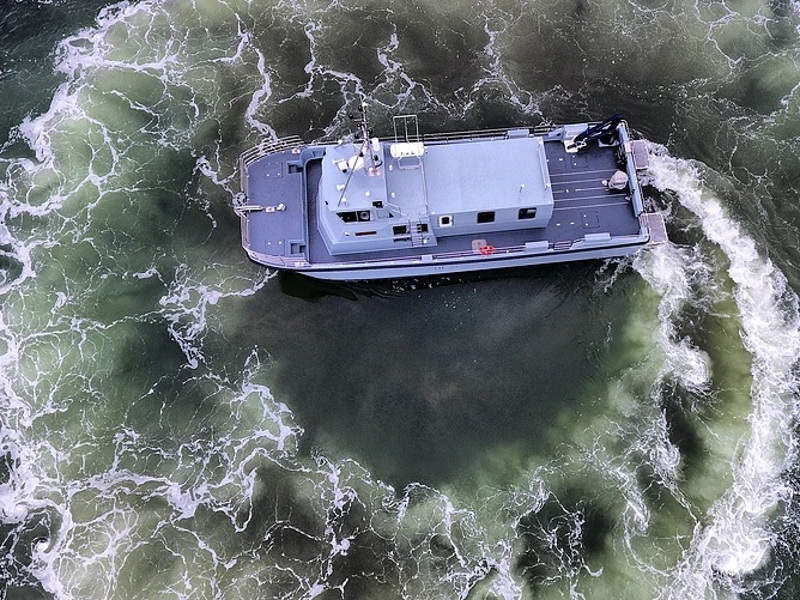HMS Magpie is a new hydrographic survey vessel commissioned by the British Royal Navy’s Hydrographic Squadron in Devonport in June 2018. It replaced the ageing HMS Gleaner survey ship.
The vessel is intended to conduct surveys in coastal waters to collect hydrographic and oceanographic data, which will be used by the UK Hydrographic Office for navigational chart compilation and safety purposes.
The survey vessel will also be used to perform monitoring and underwater surveillance duties to enhance the country’s national security at sea.
HMS Magpie survey ship development
The hydrographic survey ship was developed under a six-year contract, worth £48m ($61.9m), awarded by the UK Ministry of Defence’s Defence Equipment and Support (DE&S) to Atlas Elektronik UK (AEUK) in August 2017.
The vessel’s structure was built by Safehaven Marine, based on its Wildcat 60 catamaran, under a subcontract with AEUK. The survey ship was launched in March 2018 and completed builder’s sea trials in the Irish Sea in May 2018.
Design and features of HMS Magpie survey vessel
HMS Magpie features a catamaran hull design incorporating a high buoyancy bow, which offers increased seakeeping performance. Designed in island cabin configuration, the ship’s superstructure provides easy access and working space on the deck.
The overall and waterline lengths of the ship are 18m and 16m, respectively. The vessel has a maximum beam of 6.2m, draught of 1.35m and height of 8.5m.
With a full load displacement of 38t, the workboat can accommodate up to 12 crew members. The navigator and helmsman are seated in the navigation bridge on shock mitigation suspension seats supplied by KPM.
The bridge deck is raised to offer an optimal, all-around view for the navigator and helmsman to ensure safe manoeuvring and navigation.
The spacious lower deck has nine berths in two cabins. The main cabin houses hydrographic workspace with computer racking to hold hydrographic equipment and workbench seats to accommodate six operators. It also has a settee area and large dinette area.
A large galley, located on the port side of the hull in the forward section, is designed to serve the needs of crew during extended sea operations.
The ship’s interior is fully air-conditioned by a 43,000btu unit, providing a comfortable working environment for the crew members.
The spacious aft deck is outfitted with a Palfinger PK6500 crane for the loading of cargo and specialised equipment as well as a winch for the deployment and towing of sonar equipment.
Navigation and communications
The HMS Magpie hydrographic survey ship is equipped with a range of International Maritime Organisation (IMO) compliant navigation and communications systems developed by Ambex.
The package includes a modern high-resolution, shallow-water multi-beam echo sounder, global positioning system (GPS), side-scan sonar, marine radar, chart plotter, VHF radio and autopilot.
The ship can also carry remote-controlled underwater vehicles to search the seabed for obstacles, mines and other explosive devices.
Propulsion and performance of HMS Magpie
The propulsion system of the HMS Magpie survey ship integrates two Yanmar 6AYM 20.3l diesel engines, rated at 900hp each, and Hamilton HM521 waterjets. A Fisher Panda 20kW generator is installed to generate AC power.
The maximum speed of the vessel is 25k and endurance is seven days. The survey ship is capable of operating under Sea State 4 conditions at a speed of 20k.
Contractors involved
AEUK serves as the prime contractor and systems integrator for the ships, while BMT Asset Performance and BMT Defence Services are responsible for providing asset management support for the vessels.
The scope of the contract includes delivery of up to 38 SEA Class workboats with lengths ranging between 11m and 18m, as well as in-service support from 2018 to 2024. The contract is expected to create up to 60 jobs in the UK.
Barrus was contracted by AEUK to supply a propulsion system for the workboats in September 2017.











